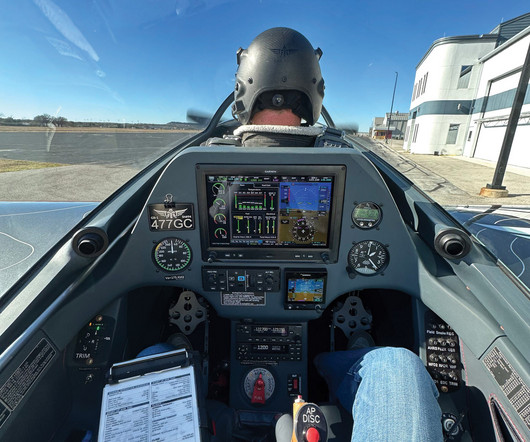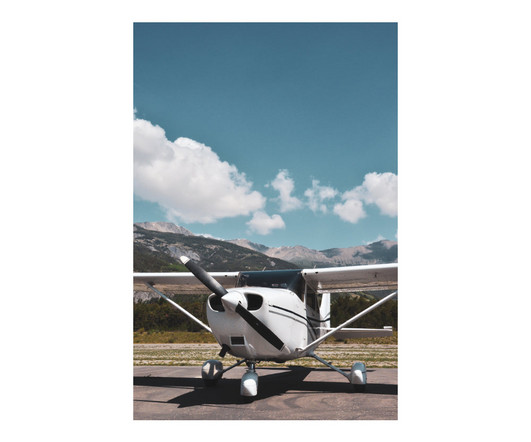Game On!
Plane and Pilot
MARCH 25, 2025
A steam gauge airspeed indicator, Garmin G3X, autopilot, Garmin G5, transponder, fuel selector, accelerometer, and steam gauge altimeter were centered directly in front of me. Waghorn laughed and said as soon as youre stabilized, full power, and lets try again, now that you see what Im talking about.











Let's personalize your content